Well regarded as a legend in football circles, Liverpool’s Boot Room proved transformational and the bedrock for the decades of success that followed its inception.
The Boot Room was just what was described on the tin until it was turned into a catalyst that sent the club on course for a new direction and that will echo long into the future.
Liverpool’s inner sanctum of Shankly and his backroom staff which included Bob Paisley, Joe Fagan, Ronnie Moran, Tom Saunders and Reuben Bennett established a unique culture that remains reverently spoken of.
From the Second Division to the heights of English and Europan football, the Boot Room would see the original six members sit and talk for hours; from injuries to training drills and opposition analysis, it was all on the table.
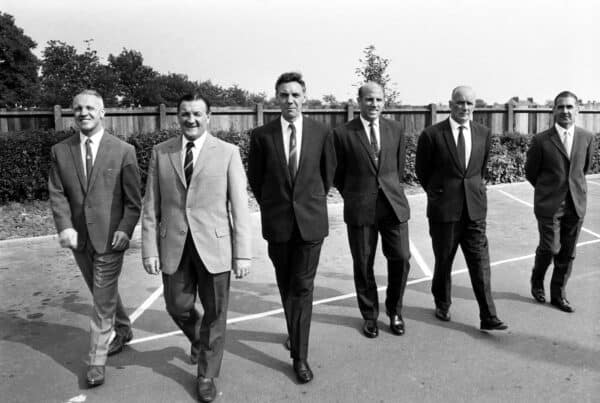
The small room with no natural light and with an odour of leather was nestled under Anfield’s Main Stand and came to be a gathering spot after Fagan piled crates of gifted Guinness into the space.
The band of brothers would bar players from entering but welcomed opposition coaches who could then be schmoozed into relaying valuable information, a meeting place for the greatest of footballing minds.
An institution all of its own and while the room itself no longer remains, its influence remains just as prevalent as it did all those years ago.
An illustrious era
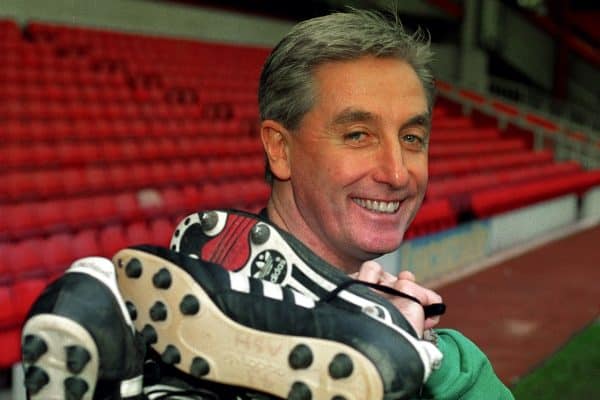
“What goes on in the Boot Room, stays in the Boot Room,” Roy Evans, the last of the Boot Room dynasty, says in BT Sport’s new documentary. “As a young lad when I was there, it was great just to see what these people do.
“The biggest thing I ever learnt in my life, I would say is that it’s a team game. Now people would say, all of this man of the match stuff and whatever, yes, that’s okay. No such thing for us.
“I think that the team thing was always the one that, I think, brought us all together and work that way, as I say, you’re always trying to make it better, obviously. Always trying to improve.”
Starting with Bill Shankly, the Boot Room would create an illustrious list of successful managers and coaches that included the likes of Paisley, Fagan, Moran, Kenny Dalglish and Evans.
It was Evans’ resignation in 1998 that saw the Boot Room Boys era come to a close, ending a near 40-year run that returned a staggering 30 major trophies.
While time was to be called on its physical presence, the spirit and ‘The Liverpool Way’ that was forged by the greatest of Liverpool minds over a number of decades lives on.
But how do those who were present during the historic Boot Room days reflect on the revered institution?
What was the Boot Room like?
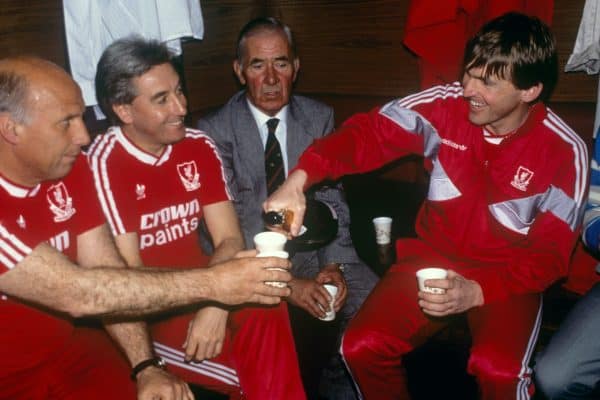
As for its appearance, small was certainly the word for Phil Thompson, who spent 13 years working alongside the Boot Room boys:
“The Boot Room area was quite a vibrant place. It was two sections. You’d have the little section as you walked in through the door. To the left was just a wooden shelf where you’d put the boot on for them to change studs.
“Then you had the mystical Boot Room, which was only a small room, but then as an apprentice, you weren’t allowed to go in there except after you’ve cleaned the boots.”
Willie Stevenson, who was signed by Shankly in 1962 and played a key role in the club’s first FA triumph in 1965, provided a brilliant tale to share of his former manager:
“It was only a small, small room. You could only get about six people in it and of course, the lads had their own bottles of beer. Brown ale. That’s what they used to drink. A bottle of brown ale.
“Most times they would talk about the opposition. I remember we had a little table there. Shankly had a table and we had all the players knocked about.
“He was flicking the players like, ‘Well, he’s no good. He’s average. He’s no good. Christ, if you can’t beat four men,’ he says, ‘you’re not a team. Now bugger off.’ That’s exactly what he was like. That was our team talk: Get your retaliation in first.
“[The Boot Room] was the nerve centre. Anything that went on in the club was discussed in there first before it went anywhere else. Everything was discussed in the Boot Room. Everything. Players, wages, what players they were hoping to sign, who they weren’t going to sign.”
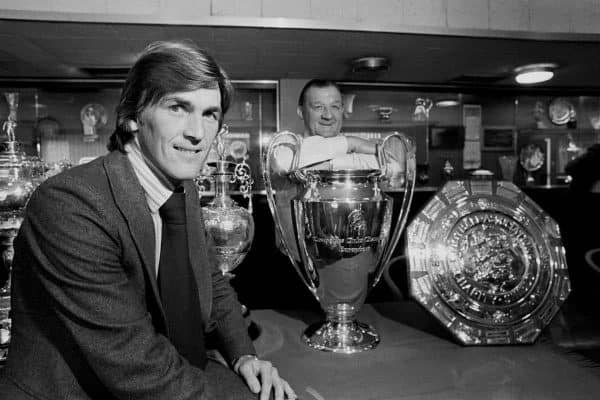
But it may be Sir Kenny Dalglish, who offered a true sense of what the Boot Room was all about having experienced it as both a player and a manager for Liverpool:
“At 15 you’re not going to venture in [to the Boot Room]. Jesus, when you were winning European Cups you didn’t venture into it either. It was a fantastic place for the staff to be, to have somewhere to go after training, somewhere they could mix and talk and get things done.
“It was an iconic place. It wasn’t about luxury. It’s about the people in it and the people in it were unbelievably knowledgeable about what football was and how it should be done.
“They just went in there, they chewed the fat in there and you can’t say they did badly, but they were very humble. That’s the thing that goes right through the history of Liverpool football club, the humility of the people, they used to go in and have a good chin wag but there was always a bit of liquid involved as well.
“You would go in there only if you had to go in, not because you weren’t welcome but because it wasn’t your place.”
The spirit
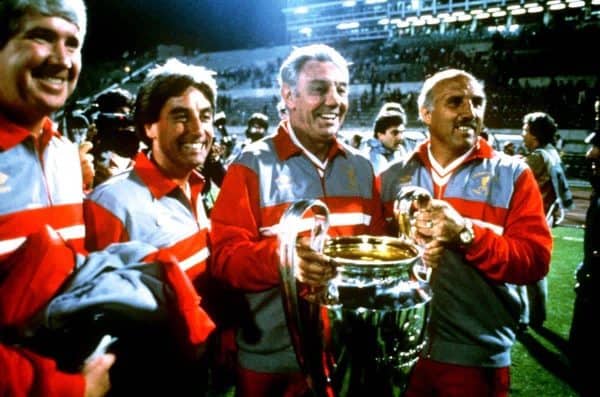
Humble and respectful but with a bite to them, Liverpool’s Boot Room was all for collaboration and it’s no wonder the success that was born from its very existence.
No one got ahead of their station and Liverpool’s best interests were placed at the heart of each and everyone who entered the inner sanctum.
“The founding principles [of the Boot Room] were always to be hospitable,” Thompson explained.
“Ronnie Moran always taught me as I was getting older, the Boot Room was a place where straight after the game, or even sometimes before the game when the handshakes took place, you must come in and have a drink.
“The biggest principle was; win, lose, or draw you don’t talk too much about the game that just took place.”
https://www.youtube.com/watch?v=EqKYHgFjphA
The mix of personalities formed the basis of creating ‘The Liverpool Way’ but it was the level of detail that elevated Liverpool’s backroom into a formidable brain trust, as Dalglish explained:
“A fantastic knowledge of football, a great knowledge of life, a great knowledge of what it should be and what’s happened, they were so astute, really conscious and aware of what was happening, they saw everything, they remembered everything that went on in the training ground.
“On the training ground, they’d come back with big A4 books, every day they wrote down every detail that happened that day. So when we started training, who trained, anybody who was injured, what the injuries were, they could do the whole lot, the whole lot was there inside that encyclopedia and it was all transferred from there, into that book.”
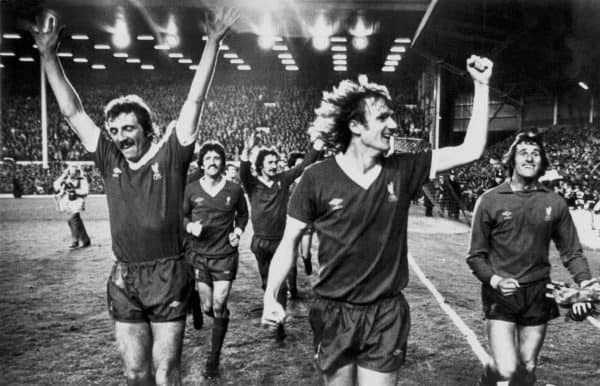
But perhaps it is Thompson’s, who lifted 17 major honours with the Reds, recollection of the rotating physio role throughout the Boot Room that provides the perfect anecdote for Liverpool’s legendary figures:
“They were all different in their ways. I think that was special, and it all come together. They were marvellous.
“Bob was a wonderful lieutenant to Shanks, because Shanks would always be there and he had that wonderful voice on him, but you’ve obviously got to keep all your players on side — you’re the manager, and you’re picking the team.
“Bob was the one who barked the orders. Bob was the one who was always moaning at the players. So, you’d have the good cop and you’d have the bad cop. It was always that way. A bit of a similar way that I ended up with Gerard Houllier.
“Bob would be the physiotherapist. After him, Joe Fagan would become the physiotherapist, Ronnie Moran, then Roy Evans. So, these guys, not one of them had a qualification, and they were administering treatment to the best players in the football league. It’s no wonder we can’t walk now!
“When you played with England and talked to Arsenal players and they had not only a physiotherapist, they had a second physiotherapist, they had a masseur, they had a fitness guy, and you’re going, ‘Yes, but you’ve won nothing.’ So, with all those people it just didn’t work.”
The influence of the Boot Room has long extended beyond its physical manifestation throughout the mid to late-1900s.
The unwavering spirit and determination of the Boot Room boys created a legacy and culture that will forever shape Liverpool Football Club and echo throughout football history.
The Boot Room Boys, the latest documentary in the BT Sport Films series, will premiere on BT Sport 3 at 10.30pm (BST) on April 5 and is available to watch via the BT Sport App and website at any time thereafter.

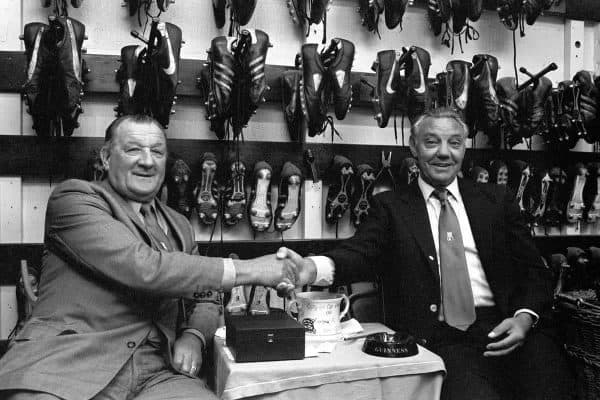
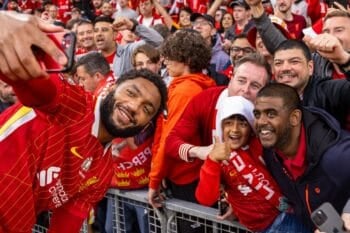

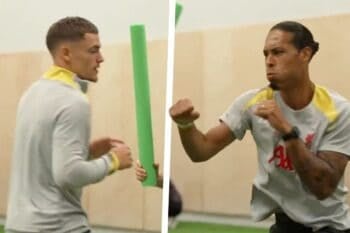
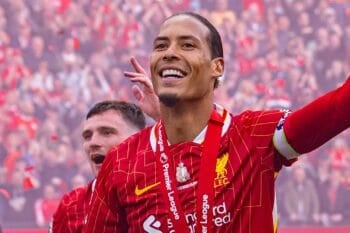

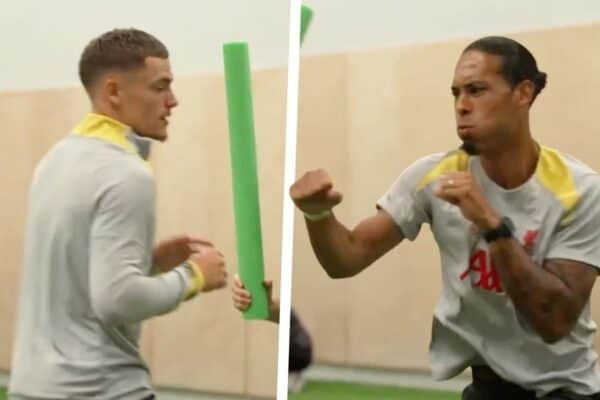

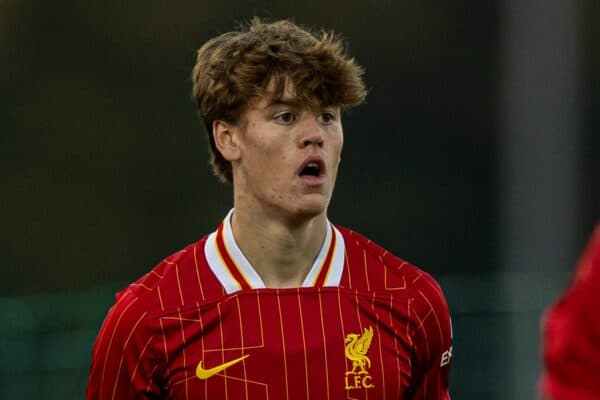
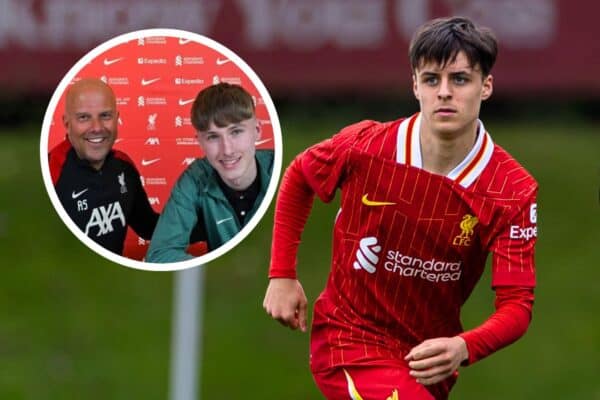

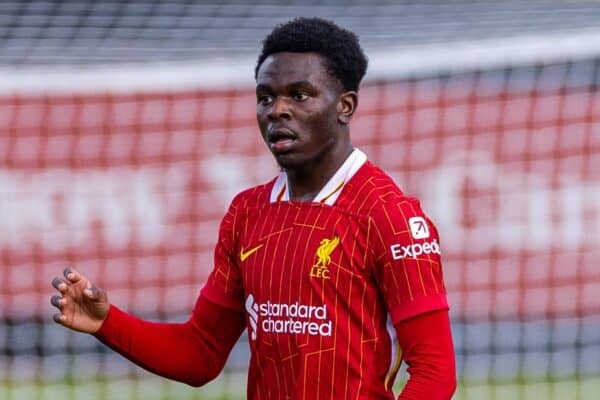
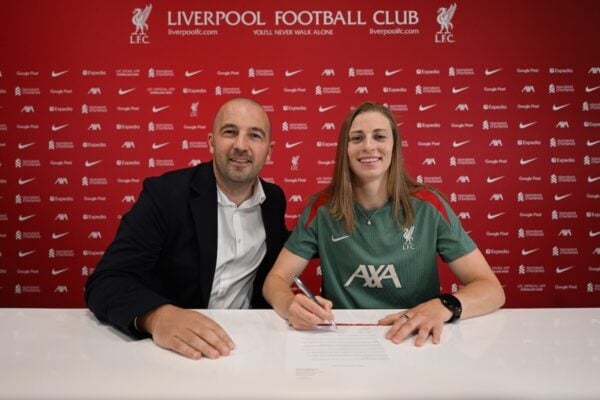



Fan Comments